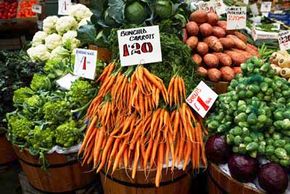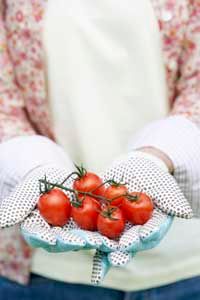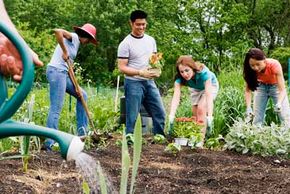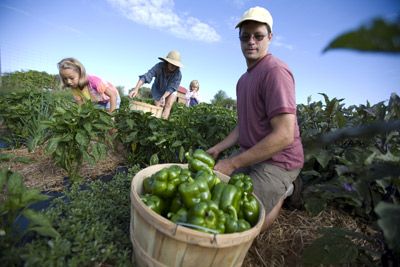Between April 2000 and April 2008, the price per gallon of unleaded regular gas more than doubled from $1.50 to $3.44 [source: Bureau of Labor Statistics]. When fuel costs rise, it creates a domino effect that hits consumers' wallets in more places than at the pump.
Vegetables Image Gallery
Advertisement
Case in point: food. Pricier gasoline means higher costs to manufacture and transport food. And these days, corn and soybeans are used to create alternative fuel, so that also affects the price of food goods that contain those two vegetables. With these and other forces combined, a trip to the grocery store today costs you noticeably more than it did a few years ago. A dozen eggs now costs twice what it did in 2000, and ground beef isn't far behind [source: Bureau of Labor Statistics]. Things aren't faring much better in the fruits and vegetables aisle either. Iceberg lettuce has jumped a quarter from 65 cents to 90 cents, and the same hike goes for Red Delicious apples [source: Bureau of Labor Statistics].
Overall, from spring 2007 to spring 2008, the average price of all goods we buy has gone up 3.9 percent [source: Bureau of Labor Statistics]. That may look like an insignificant figure, but we spend more money on food than almost anything else. The average American's food expenses eat up around 13 percent of all expenses [source: Bureau of Labor Statistics]. If you're mainly concerned about soaring gas prices, think again. We actually shell out around 10 percent more money on food than fuel [source: Bureau of Labor Statistics].
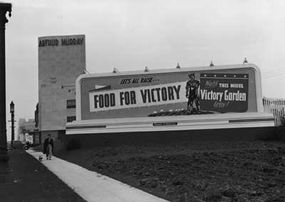
To take the sting out of higher food prices, some people in the United States are harking back to the days of World War II and victory gardens. During the war, the U.S. government instituted a food rationing policy to free up supplies for troops overseas. As a way to encourage the American public to grow their own food and supplement the rations, the Department of Agriculture established the "Food Fights for Freedom" campaign. Lawns converted into so-called victory gardens became a patriotic symbol of helping the war effort at home. This also sparked the first community gardens in public spaces that people collectively cared for. By 1943, 20 million households had set up victory gardens, supplying more than 40 percent of the nation's produce [source: Bentley]. Even the White House hosted a victory garden of beans and carrots [source: Davis].
Although the U.S. is engaged in a war today, some Americans are turning to victory gardens for economic, not patriotic, reasons. On the next page, find out if it can make a difference with food expenses.
Advertisement
